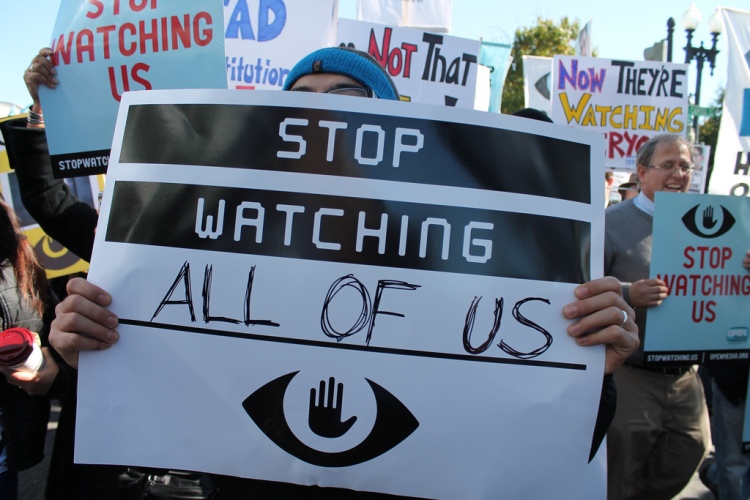Analysis & advice for resisting the worldwide surveillance regime

I have been writing a column for the Leveller, compiled here, based on my own research into how to stay private in a digital world. The idea is to empower people with tools and information so that they don’t have to feel like total surveillance is inevitable. It’s easy to feel hopeless and helpless before pervasive government and corporate surveillance — but we don’t have to. There are concrete acts we can take (and specific apps we can use) to help protect ourselves.
You don’t have to be a techie to use the advice in this column — just able to operate a smartphone or browser, just willing to learn to use new apps and programs.
Venturing out into the digital world will never be fully safe — just like the real world. Just like driving a car or a bike will never be fully safe. Just like having sex will never be fully safe. But we can wear seatbelts and bike helmet, we can use protection for our sex life AND our digital life.
In the end, real change will take more than just using a different app to send our text messages. We need to create collective political pressure to change our culture. The column tries to act as a resource for both collective political resistance and individual lifestyle changes.

Digital Privacy for Ordinary People #1
An introduction to the column, with analysis of our post-Snowden digital landscape.
Digital Privacy for Ordinary People #2
Analysis of Trump’s early attack on digital privacy, and a guide to using Signal, an encrypted app for texting and calling. Note that shortly after I wrote this (in Feb 2017), Signal added video calling.
Digital Privacy for Ordinary People #3
Analysis of WikiLeaks’ CIA hacking revelations, including advice on protecting yourself.
(Last update: April 2017)